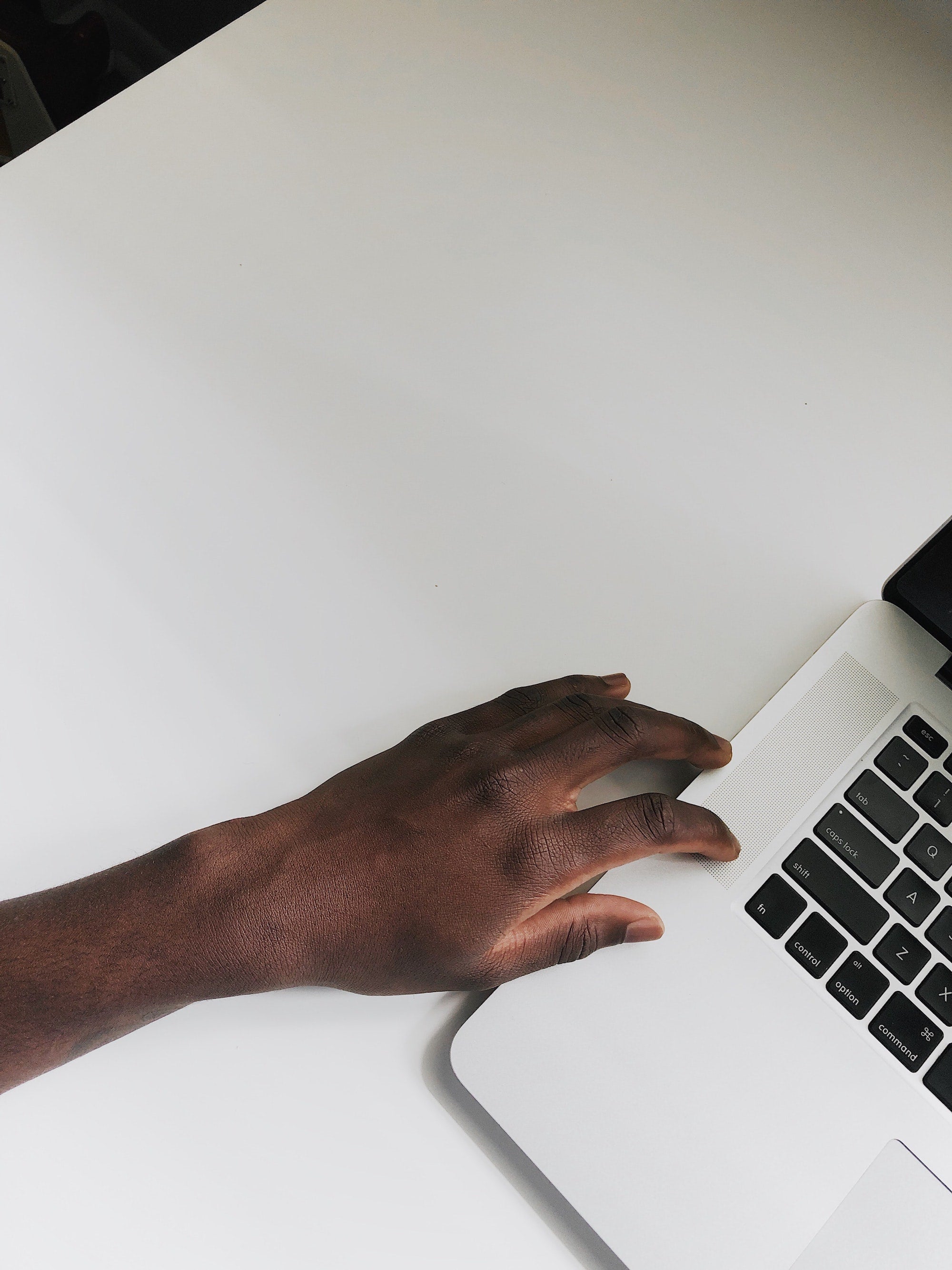united we swipe.

Online dating is more normal than ever—there’s research to prove it.
A lot has changed since 1998. Movies move from the theater straight onto Netflix, you can locate all your high school classmates without getting your hands on a phonebook, and you can meet a potential flame on the internet in a way that’s much less complicated than it used to. You’ve Got Mail—the classic Hanks and Ryan rom-com—gave us one of our first glimpses of what digital romance could be in the dot com boom, and in the 20-plus years since, we’ve plunged even deeper into those once-mysterious waters.
According to new intel by the Pew Research Center, a third of all adults in the United States have used an online dating service, whether that be a site like Match or an app like Bumble. The stats get even greater when you hone in on a few specific demographics. The percentage of digital daters jumps to 48-percent when you look at just 18- to 29-year-olds, and it gets even higher for lesbian, gay, and bisexual participants—a cool 55-percent. Compare this to 2013, when a minuscule 11-percent of adults reported that they had used a dating site or app. Simply put, we’ve come a long way since Carrie Bradshaw once dove away from her computer screen, panicking: “Oh my God, he’s online. Can he see me?”
But as with any major cultural shift, there’s always an adjustment period for some and plenty of wiggle room for improvement. (Even today, just 12-percent of Americans say they’ve had a committed relationship with someone they met on the apps, so if you’re looking for something a little more long term, you can figure out the best way to play your cards). Luckily, this research comes with a few particularly illuminating findings—some of which might help you nab that first date and even turn a first into a second, third, and beyond. Here are a few things to consider:
Say what you’re looking for upfront. If you’re trying to keep things casual, you best lay those cards on the table—72-percent of women said they preferred that profiles gave this info, compared to 53% of men. Honesty, as always, is the best policy.
Shoot your shot—or hold back a little: So, your DM-slide didn’t quite work. Or the conversation came to a standstill. It might be time to call it—or maybe one more message could do the trick. Per Pew’s research, men and women feel very differently about the number of DMs they receive, with 57-percent of guys wishing they got more messages and 30-percent of women saying they got more than they asked for. When in doubt, read the room, and whatever you do, don’t send any photos that the other person clearly didn’t ask for (but you already knew that right?).
Keep an open mind. Sure, you’ve likely run into plenty of people looking for the Jim to their Pam, the April to their Andy, their partner-in-crime—all of which, admittedly, can induce a bit of eye-rolling. But there’s no reason to write off the apps as a place where you can meet your person: 54-percent of American believe that relationships that start online are just as successful as those that don’t. If you’re swiping away, you’re in the majority—and that means there are plenty of fish in your sea, with DMs just waiting to be slid into.

